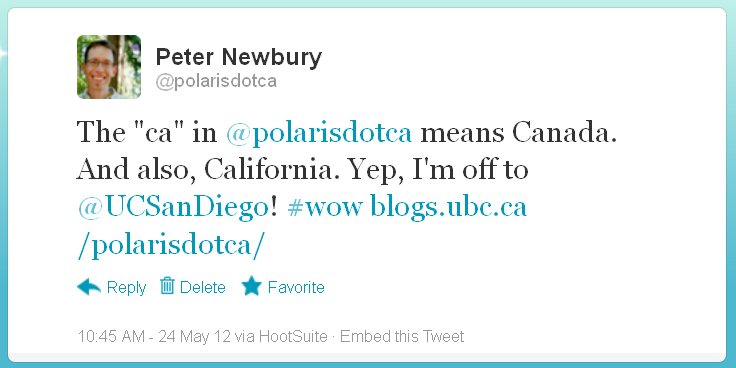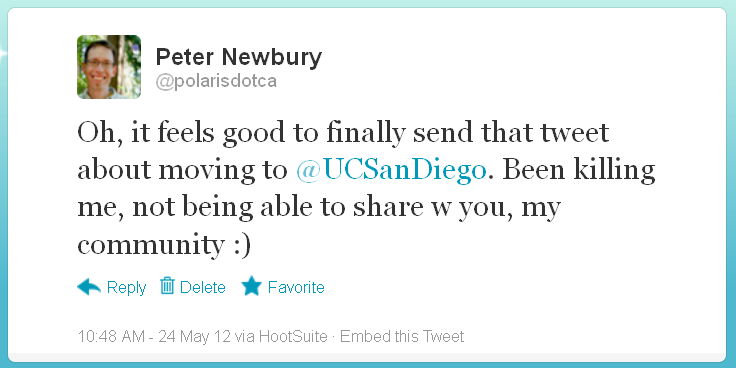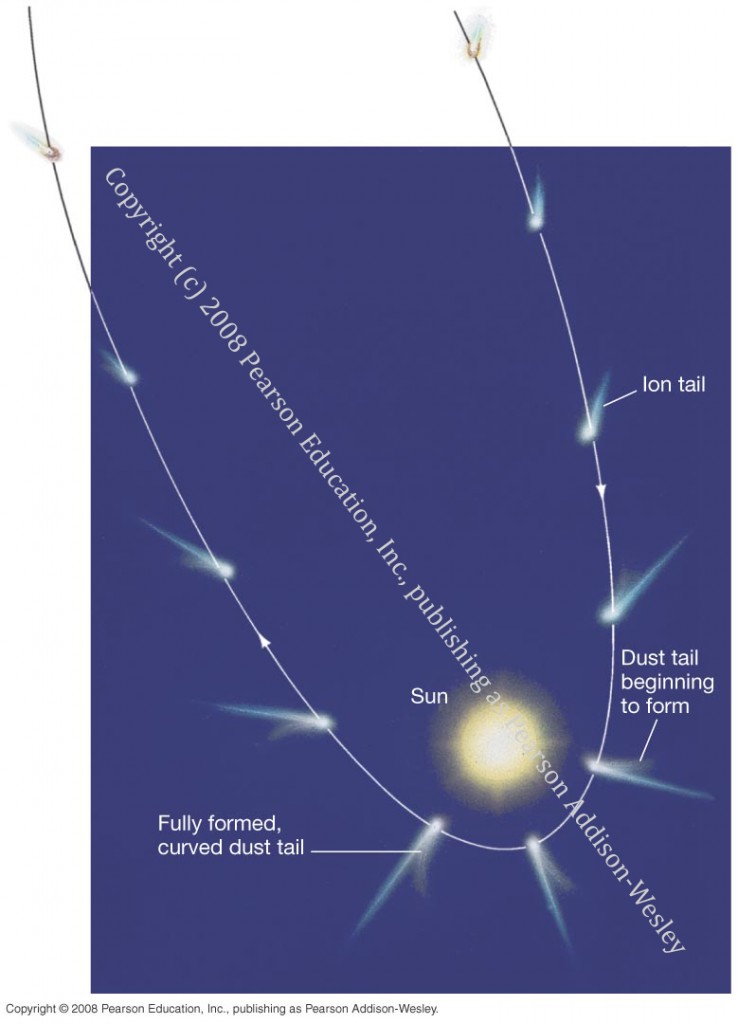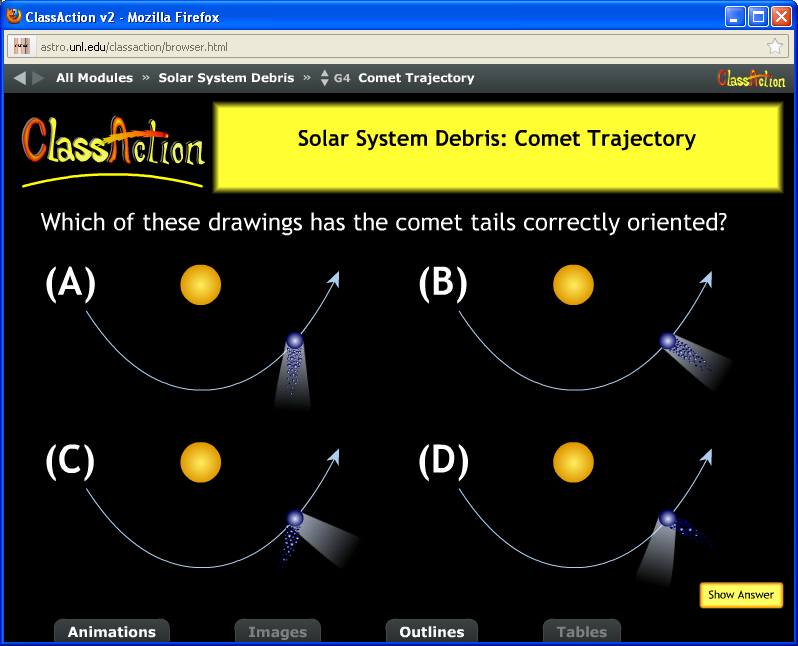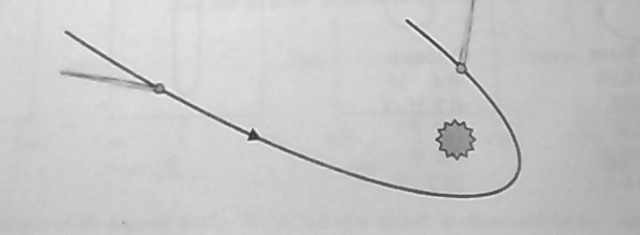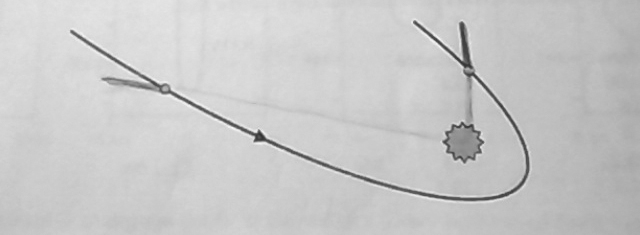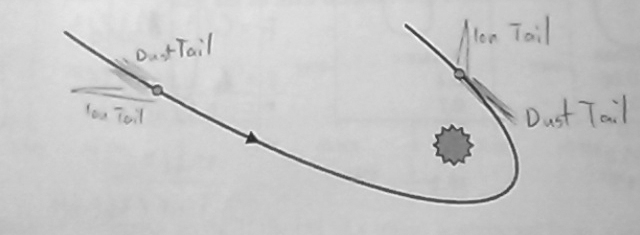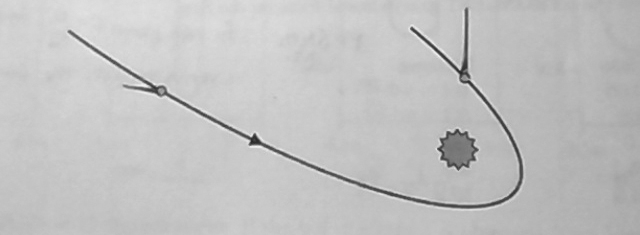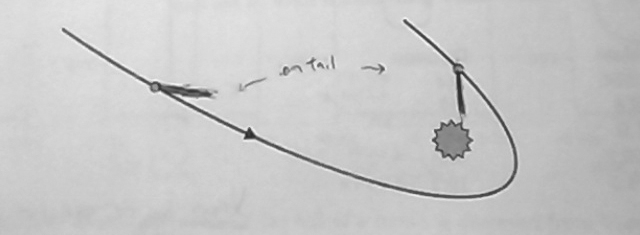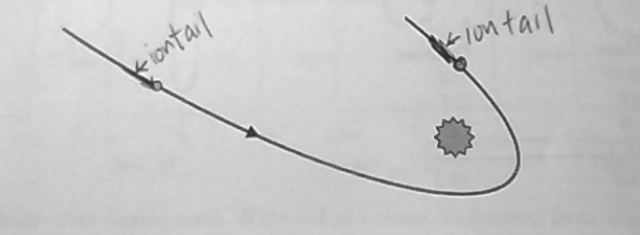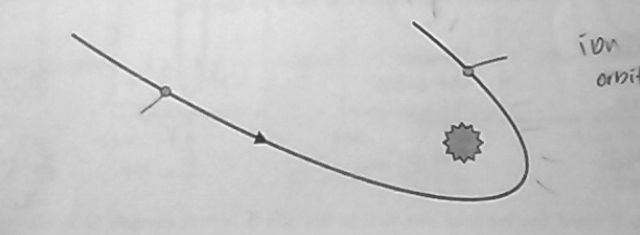[I wrote this review of situated learning, also known as situated cognition, in 2009 for the internal communications discussion board we use in the Carl Wieman Science Education Initiative. I go back to it often enough, mostly to find the reference for the amazing paper by James Paul Gee, that I’m reposting here.]
We’ve all seen it, and probably done it, too. An instructor has a really interesting problem to tackle in a course, a problem that synthesizes many concepts. So the instructor carefully presents each concept, one after another, building anticipation and excitement for the big day when everything comes together. And when the big day arrives, a month into the term, the students don’t seem to get it. “But we just spent a month getting ready for this! Why aren’t you excited? Can’t you remember concepts A, B, C, D, E, F and G?”
Uh, no. The problem is, concepts A thru G were presented without any context. They are disembodied or decontextualized knowledge. There’s no scaffolding, no motivation to grab the students’ attention. The promise of excitement a month from now isn’t enough. As this is a scenario I’m facing, I needed some research to support my argument for change. At Carl’s suggestions, with great help from Wendy Adams (CU Boulder), I put together a brief summary of what we know about the failures of decontextualized knowledge, or better yet, the profound benefits of situated cognition.
For thousands of years, novices have become experts through apprenticeship: the master trains the novice, not just with reading assignments and homework, but by teaching the craft in situ. The novice accumulates the craft’s concepts as needed. The novice learns simultaneously, both the knowledge and how to use it. As Brown, Collins and Duguid (1989) write,
by ignoring the situated nature of cognition, education defeats its own goal of providing usable, robust knowledge.
This paper is an excellent discussion. The authors describe two benefits to situated cognition:
- “Learning from dictionaries, like any method that tries to teach abstract concepts independently of authentic situations, overlooks the way understanding is developed through continued, situated use.” This echoes Chapter 3: Learning and Transfer of How People Learn. Teaching in context (and then in slightly different situations) increases the “flexibility” of students’ knowledge, aiding transfer.
- “[Students] need to be exposed to the use of a domain’s conceptual tools in authentic activity – to teachers acting as practitioners and using these tools in wrestling with problems of the world.” This one surprised me because it didn’t even occur to me and it’s probably more important than the first. Students in a situated learning environment get “enculturated” (Brown et al., 1989) into the practice of how to study the field, not just the field’s concepts.
Okay, great. But how do you do it? How do you “enculturate” your students? What kinds of activities or curricula work?
Mayer and Wittrock, in Chapter 13: Problem Solving of the Handbook of Educational Psychology (Winne and Alexander, 2006) describe a wide range of methods for teaching problem solving, many of which have a flavour of teaching and learning in context.
Donovan and Bransford in How Students Learn (2005), a follow-up to How People Learn, collect together a number of case studies about teaching and learning science.
Sabella and Redish (2007) give some advice for physics instruction, but the messages are much more general:
[C]onceptual knowledge is only one part of what students need to know in order to solve physics problems. They also need to know how and when to use that knowledge.
Finally, if you read only one more paper after Brown et al., read this fantastic how-to article by James Paul Gee. He studies literacy and he’s a (the?) video gaming guru. This article, “Learning by Design: good video games as learning machines” (2005) lists 13 principles that education should have. Each principle is matched to a video game where that skill or activity is best exemplified (they’re all long, role-playing games like Halo and Tomb Raider where you must accumulate skills to win). And for us, he kindly translates the principles into what educators need to do to incorporate these principles into our teaching, like
skills are best learned as strategies for carrying out meaningful functions that one wants and needs to carry out.
In conclusion, situated cognition (or situated learning) has benefits far beyond helping students hang concepts onto the scaffold in the right places. It introduces them to how experts in the field practice their craft.
References
J.S. Brown, A. Collins, and P. Duguid, “Situated Cognition and the Culture of Learning,” Educational Researcher 18, 32 (1989).
J.D. Bransford, A.L. Brown, R.R. Cocking (Eds.) How people learn: Brain, mind, experience, and school. (National Academies Press, Washington, DC, 2000).
R.E. Mayer and M.C. Wittrock, in Handbook of Educational Psychology (2nd ed.), edited by P.H. Winne and P.A. Alexander (Mahwah, NJ: Lawrence Erlbaum Associates, 2006), 287.
M.S. Donovan and J.D. Bransford (Eds.) How students learn: Science in the classroom. (National Academies Press, Washington, DC, 2005).
M. Sabella and E.F. Redish, “Knowledge activation and organization in physics problem-solving,” Am. J. Phys. 75, 1017 (2007).
J.P. Gee, “Learning by Design: good video games as learning machines,” E-Learning 2, 5 (2005).
 leaving UBC and Vancouver for a new position at the University of California, San Diego. Amongst the hundreds of joys, sorrows, thrills and frustrations of leaving one community and joining another, twitter is playing an important part for me.
leaving UBC and Vancouver for a new position at the University of California, San Diego. Amongst the hundreds of joys, sorrows, thrills and frustrations of leaving one community and joining another, twitter is playing an important part for me.
